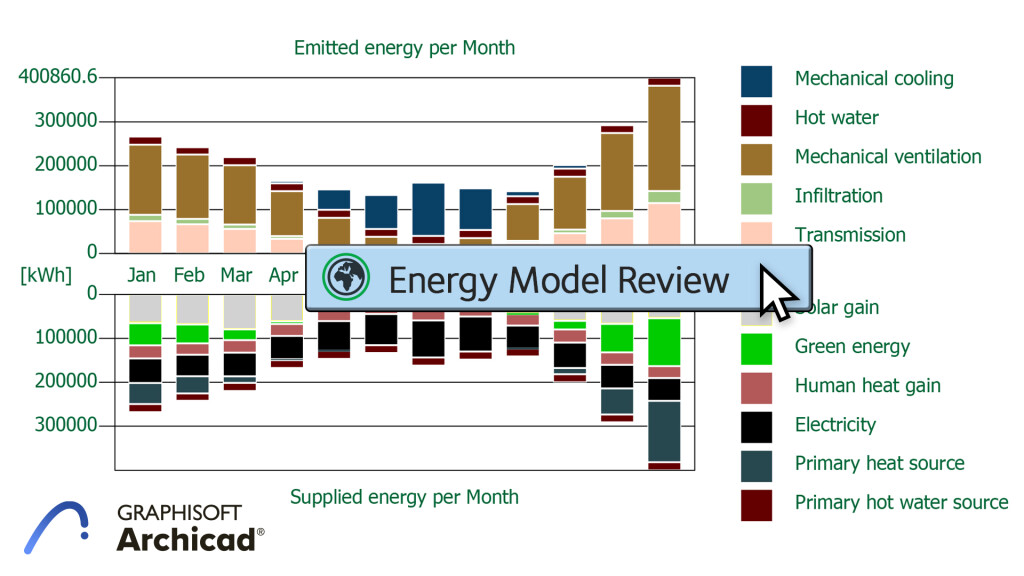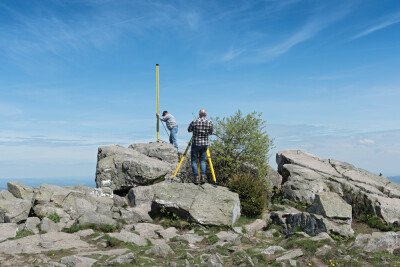This year Graphisoft, one of the largest design software providers for those in the AEC space, celebrated their 40th anniversary. The Hungary-based corporation has been serving architects and other project designers throughout a period of extreme growth in technological tools for these designers, and has beared witness to massive change in the industry. Despite a reputation for hesitation around technological adoption, the AEC industry is embracing these tools at a greater rate than ever before, and companies like Graphisoft have had to stay agile to keep up with trends. To their credit, they have largely accomplished that goal, including with tools to better collaborate across stakeholders.
Last month, the Graphisoft celebrated the growth of their own company as well as the industry at large, hosting their annual digital conference, Building Together. Over the course of the three-day event, representatives from Graphisoft and architectural firms representing different corners of the world came together for sessions highlighting all that is coming for the architecture and design space in the coming years. Throughout the event, there were a few key themes to take away from the sessions and consider for the space moving forward.
Sustainability and Social Responsibility Must Be Top of Mind
Perhaps the most prominent overarching theme of the digital event was the importance of sustainability and social responsibility. Many speakers throughout the three days hammered home the important point that these ideas must influence every decision made during a design project. These ideas are certainly of premium importance for every industry at this point to be sure, but it’s especially important for AEC given how much the space has contributed to climate change. The good news is technology can be a driving force for change here too, as long as people are conscious of how they’re utilizing these tools.
We’ll start with the idea of sustainability and a design’s effect on the environment. This has to be a focus for any project design at this point, not only out of a feeling of moral responsibility, but also because it’s mandated in many parts of the world. We see technology playing a role in this already, with concrete examples like Internet of Things (IoT) sensors being placed throughout a building site and throughout a building’s lifecycle, monitoring key outputs to help get a project closer to carbon neutral. Even beyond that, some speakers pointed to the simple idea that having these remote collaboration and visualization tools allows more work to be done remotely, taking away the need for so much commuting. Some of the changes suggested may seem small on the surface, but adding everything up can make a large impact.
The idea of social responsibility more broadly was also a running theme throughout the event, with Anna Heringer in particular hitting on some important points in this respect. The architect spoke about some of the sustainability themes discussed above, but also the impact on a community more broadly. She spoke about trying to use as many local building materials as possible, not only improving sustainability in that process but also better meshing with the local community. That is a key piece that is often forgotten in design processes, but it should be crucial for every project. This can be done by keeping an open line with the community, inviting input from locals to ensure your vision fits with theirs. Visualization tools like BIM and other modeling softwares can both test local materials in a design and also accurately show how a building design would fit into an existing area.

BIM as a Single Source of Truth
Here we have a growing trend throughout the AEC industry, and one that many companies are embracing. While things like digital twins and other highly technical tools are still in relatively nascent stages, BIM is a well-established value add for design firms and is quickly becoming the norm for many projects. It was one of the main focal points of this three-day event as well, with a plethora of speakers discussing the benefits they have seen since making the shift from 2D hand drawings to BIM models, including those built in Graphisoft’s toolset like BIMx and BIMcloud.
Among the many speakers to discuss the value of BIM was Bernardo Farkasvölgyi, an architect based in Brazil who credits BIM adoption as one of the separators for his firm. He discusses the tedious and expensive process of relying on hand drawings before going to Budapest to learn about these visualization tools from Graphisoft. Many of the speakers spoke to the accuracy of the BIM model, leading to less confusion across stakeholders which in turn led to projects being more reliably on time and within budget. There were even speakers like Dimitrius Marques Megalomatidis, another Brazil-based architect, who spoke from their customers’ point of view and how most are able to more easily understand a design in 3D as opposed to 2D. It was clear listening to many in this space how important these models are for every stakeholder in a project to fully understand all that is going into a design.
Projects Need Collaboration
We mentioned Graphisoft’s commitment to fostering collaboration at the top of this article, but it’s worth mentioning again since it permeated throughout the event as well as even the topics discussed above. There are two different ways to think about collaboration as well. One is among project stakeholders and those working within the project. Making sure everyone is on page – often through that BIM serving as the single source of truth – not only saves time and money, something every construction firm is striving for, but also saves on materials. That, in turn, improves a project’s sustainability. But there is also the important collaboration among community discussed above. Getting that key input by the people who will be impacted most by a building’s presence needs to be a regular part of any design process, an important point driven home through Graphisoft’s three-day Building Together event.






